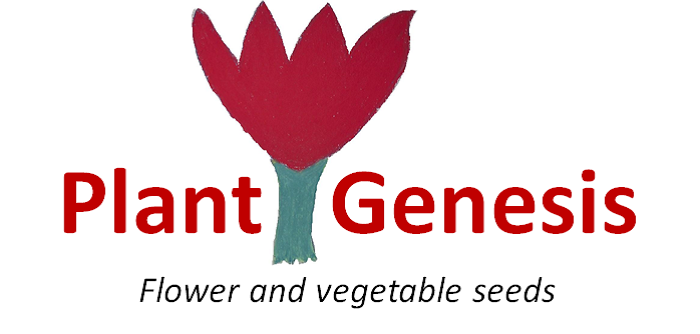A stately upright border plant, Cleome 'White Queen' grows just over 1m tall with upright stems of white flowers in mid to late summer, typically July to September. Plants have exotic-looking palmate leaves, and they look really good growing in groups in a border, or mixed with central and south American plants such as Verbena bonariensis and Cosmos. They are striking and long-lasting cut flowers
Cleome grows best in a warm sunny position in sandy well drained soils. Plants have a sturdy upright form, but may need staking in windy gardens.
Pack of approx 500 seeds. Sow the seeds in late winter and spring indoors, or directly into cultivated ground in late spring after the risk of frost has passed. Sowing instructions and a colour photo are printed on the packet.
See how your seeds are packed.
